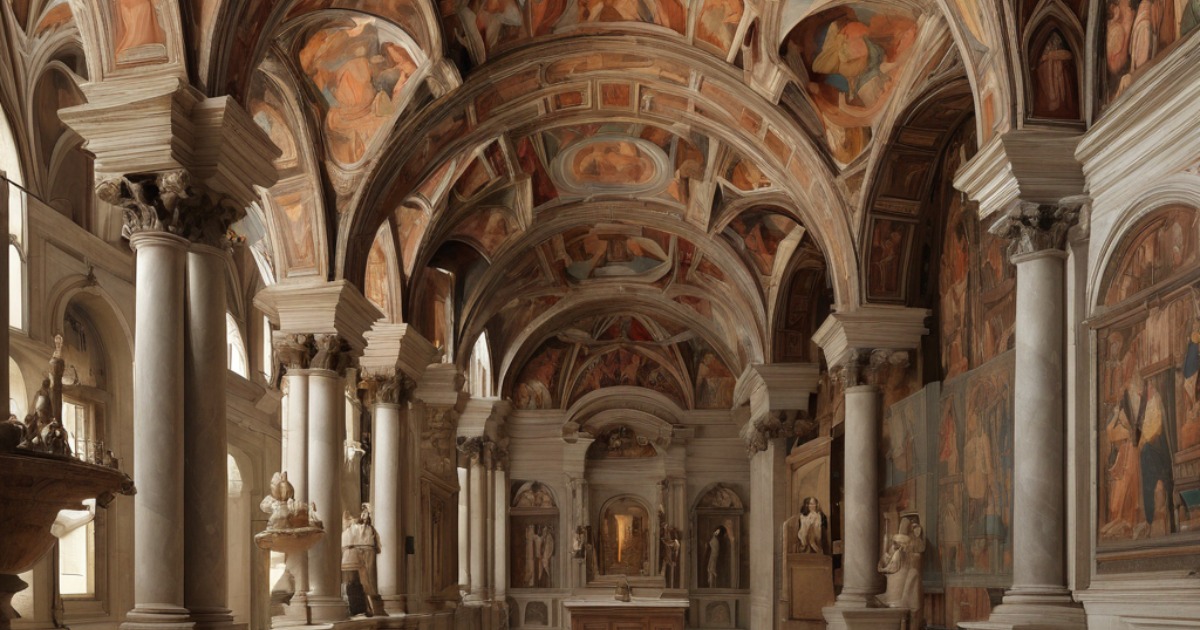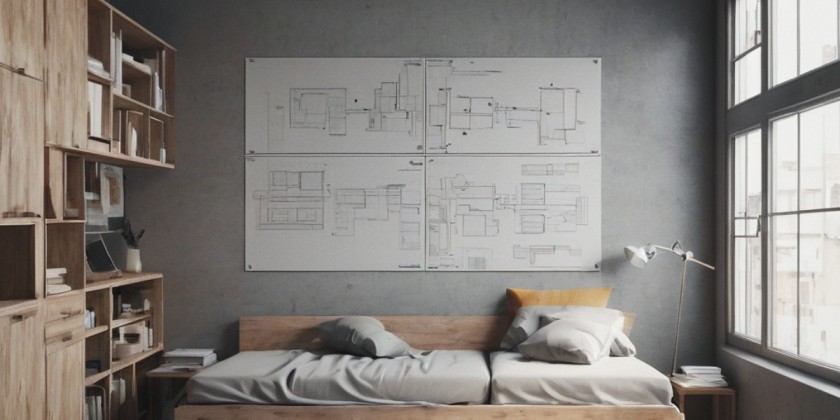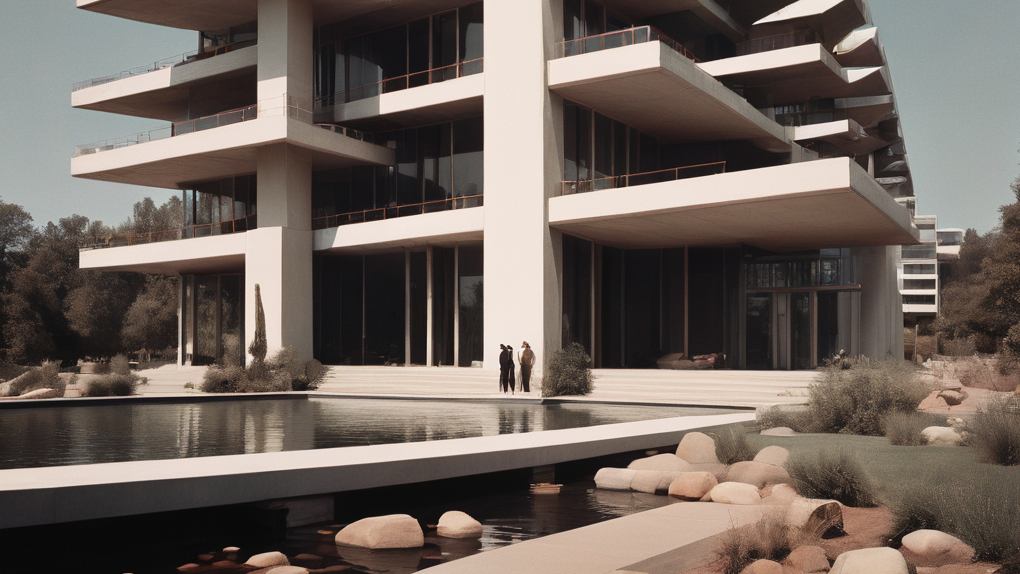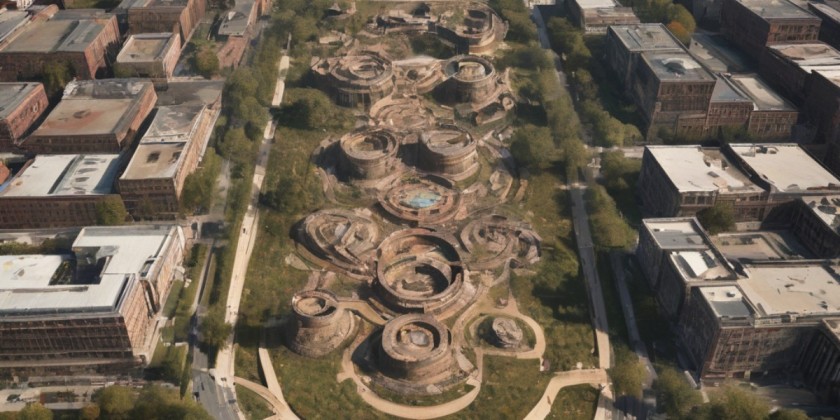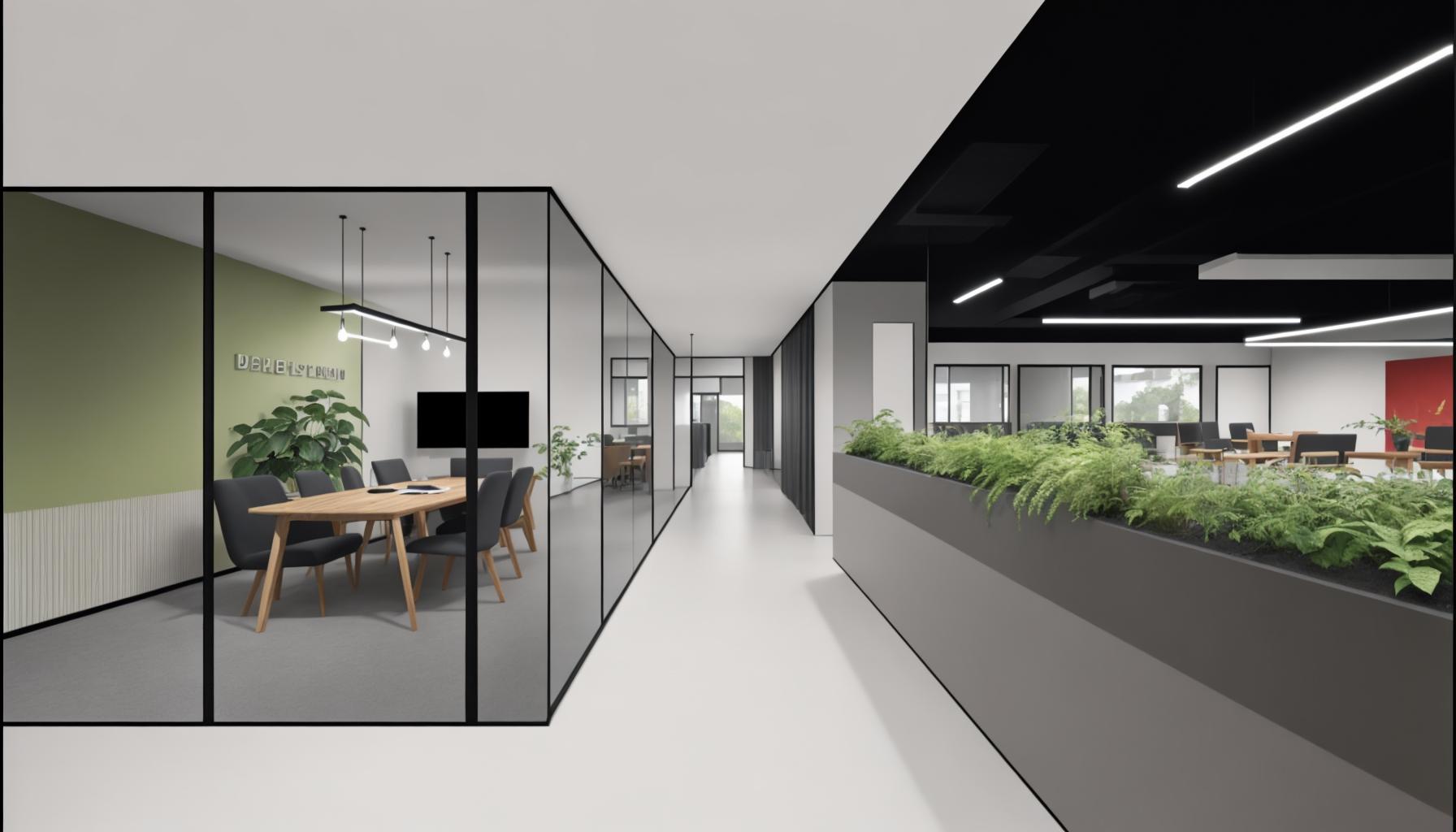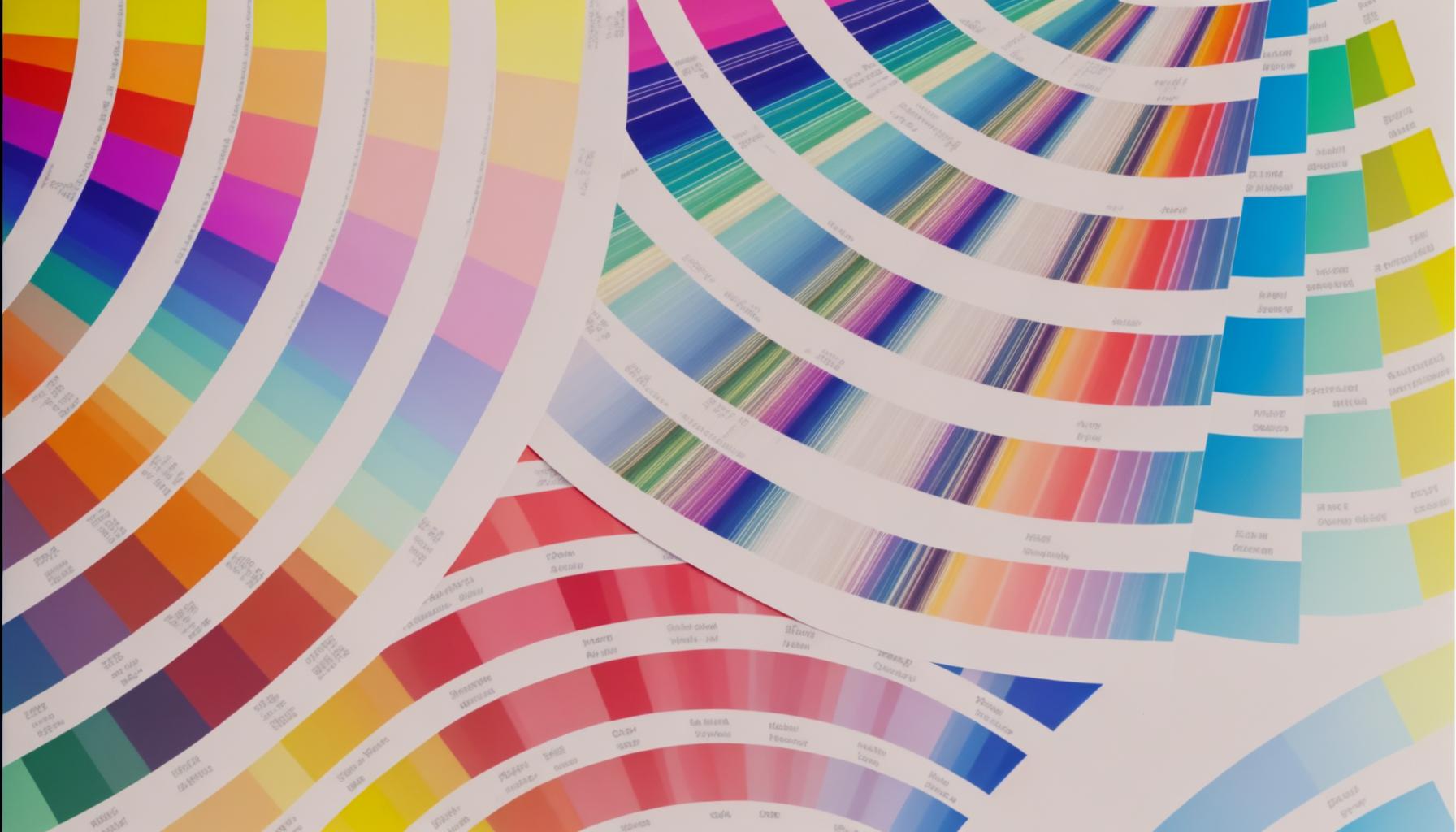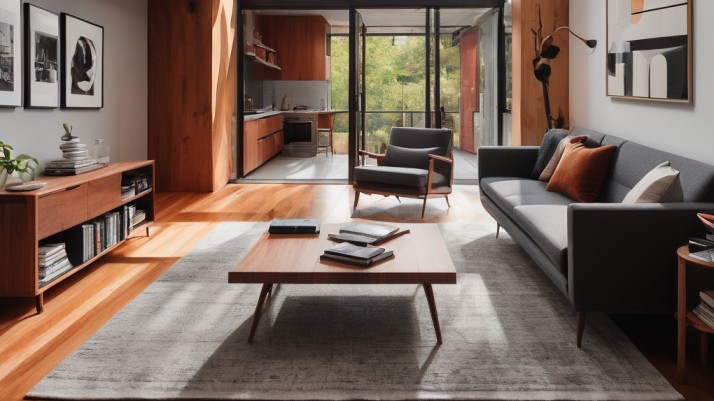Introduction to Architecture and Interior Design
Architecture and interior design are two intertwined disciplines that play a vital role in shaping our built environment. As an architect and interior designer, I have always been fascinated by the endless possibilities these fields offer. In this article, I will delve into the importance of architectural design and the role of interior design within it. By understanding the key principles and elements of these disciplines, we can unlock the boundless potential they offer.
The Importance of Architectural Design

Architectural design is not just about creating visually appealing structures; it is about designing spaces that are functional, sustainable, and responsive to the needs of the users. The impact of architecture on our daily lives is significant, as it shapes our cities, communities, and even our well-being. A well-designed building can enhance productivity, creativity, and overall quality of life. Architects have the power to transform spaces and create environments that inspire and uplift.
While architecture focuses on the exterior form and structure of a building, interior design deals with the interior spaces and how they are organized, furnished, and adorned. Interior design plays a crucial role in enhancing the functionality, aesthetics, and ambiance of a space. It involves selecting materials, colors, furniture, lighting, and other elements that create a cohesive and visually pleasing environment. The collaboration between architects and interior designers is essential to ensure that the exterior and interior of a building complement each other harmoniously.
Also Read:Unveiling the Timeless Beauty of Architectural Marvels: A Journey Through Magnificent Structures
Key Principles of Architectural Design
Architectural design is guided by a set of key principles that help architects create successful and impactful designs. These principles include:
1. Functionality:
Buildings should be designed to serve their intended purpose effectively, providing comfort and convenience to the users.
2. Aesthetics:
The visual appeal of a building is crucial in creating a positive impact on the surrounding environment and the people who interact with it.
3.Sustainability:
With increasing environmental concerns, architects must prioritize sustainability by incorporating energy-efficient systems, using eco-friendly materials, and designing for long-term durability.
4.Site Context:
Architecture should respond to its site context, taking into account factors such as climate, topography, and cultural context to create a harmonious relationship between the built environment and the natural surroundings.
5. Flexibility:
Buildings should be designed to accommodate future changes and adapt to evolving needs, ensuring longevity and reducing the need for extensive renovations.
Elements of Interior Design in Architecture
Interior design elements play a crucial role in enhancing the functionality and aesthetics of architectural spaces. These elements include:
1. Space Planning:
Interior designers carefully analyze the available space and determine the best way to organize it to meet the client’s needs. They consider traffic flow, furniture placement, and spatial relationships to create efficient and visually pleasing layouts.
2. Color and Materials:
The choice of colors and materials greatly influences the ambiance and character of a space. Interior designers select colors that evoke the desired emotions and materials that are durable, sustainable, and visually appealing.
3. Lighting:
Lighting design is a critical aspect of interior design as it affects the mood, functionality, and visual appeal of a space. Interior designers use a combination of natural and artificial lighting to create the desired atmosphere and highlight architectural features.
4.furniture and accessory
Selecting the right furniture and accessories is essential to create a cohesive and inviting interior. Interior designers consider the scale, style, and functionality of furniture pieces, along with the placement of accessories, to enhance the overall design.
The Process of Architectural Design
Building configuration is a perplexing and iterative cycle that includes a few phases. These stages include:
1. Programming:
Architects gather information about the client’s requirements, budget, and site conditions. This stage involves conducting interviews, site analysis, and feasibility studies.
2. 
Architects develop initial design concepts that capture the overall vision and intent of the project. This stage involves sketching, creating 3D models, and exploring different design options.
3. 
Once the concept is approved, architects refine the design by incorporating structural, mechanical, and electrical systems. They coordinate with engineers and consultants to ensure the design meets all technical requirements.
4. Construction Documentation:
Architects prepare detailed drawings and specifications that serve as a guide for construction. These documents include floor plans, elevations, sections, and schedules.
5.Construction Administration:
Architects oversee the construction process to ensure the design is executed as planned. They collaborate with contractors, review shop drawings, and address any design issues that arise during construction.
Trends in Architecture and Interior Design
The field of architecture and interior design is constantly evolving, influenced by changing trends and technological advancements. Some of the current trends include:
1. Sustainable Design: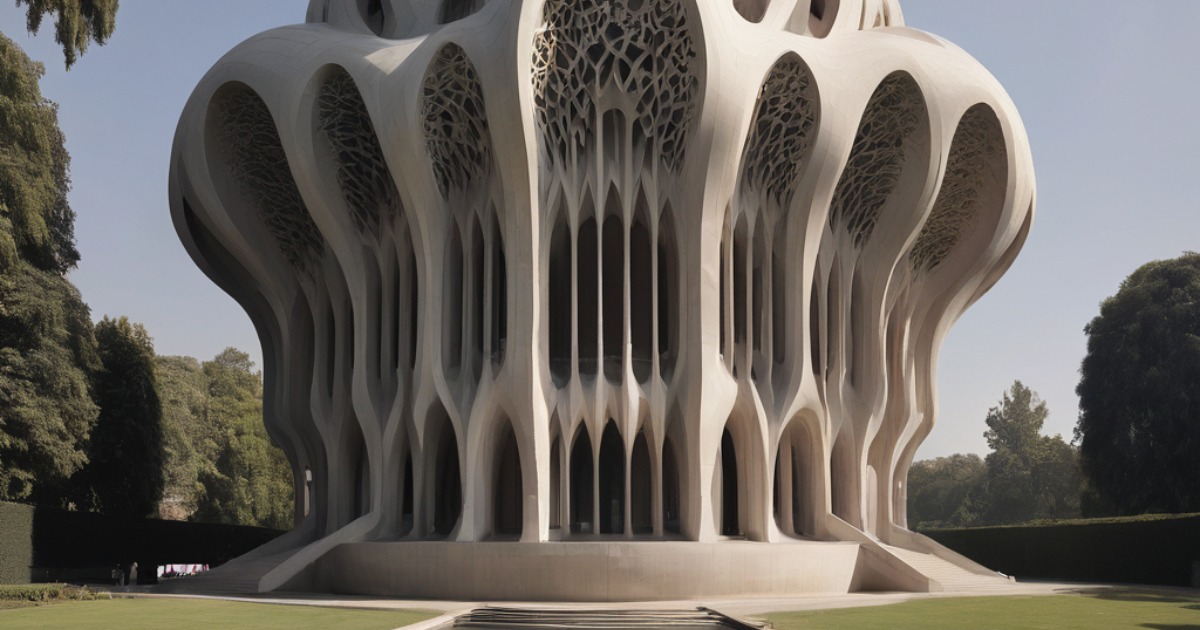
With a growing emphasis on environmental responsibility, architects and interior designers are incorporating sustainable design practices such as passive design strategies, renewable energy systems, and the use of recycled materials.
2. Biophilic Design: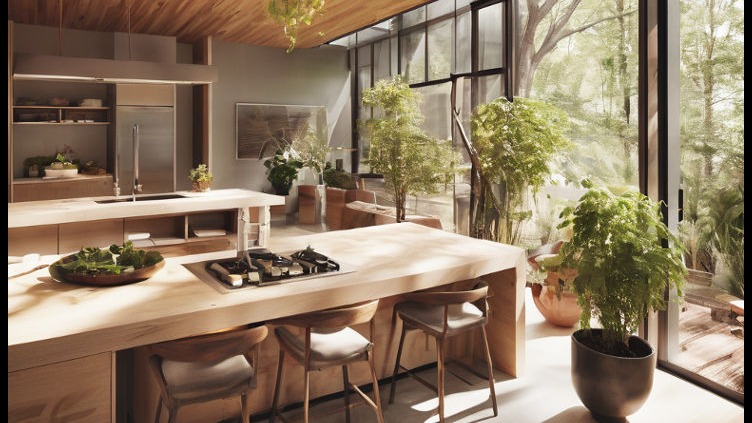
Biophilic design focuses on creating connections between people and nature by incorporating natural elements such as plants, natural light, and views of the outdoors. This design approach has been shown to improve well-being and productivity.
3. Smart Homes:
The integration of technology into residential spaces is becoming increasingly popular. Architects and interior designers are incorporating smart home systems that allow homeowners to control lighting, temperature, security, and entertainment systems through their smartphones or voice commands.
4. Flexible Workspaces:
With the rise of remote work and flexible schedules, there is a growing demand for adaptable workspaces. Architects and interior designers are creating flexible office designs that can be easily reconfigured to accommodate changing needs.
Examples of Innovative Architectural Design Projects
Architecture has the power to push boundaries and challenge conventions. Here are a few examples of innovative architectural design projects:
1. The Burj Khalifa, Dubai:
Standing at a staggering height of 828 meters, the Burj Khalifa is an engineering marvel and an iconic symbol of modern architecture. Its sleek design and innovative construction methods have set new standards for skyscraper design.
2. The High Line, New York City:
The High Line is an urban park built on a historic elevated railway track. It has transformed a disused industrial structure into a vibrant public space, showcasing innovative landscape architecture and urban design.
3. The Eden Project, Cornwall:
The Eden Project is a series of biomes that house a diverse range of plant species from around the world. The project demonstrates how architecture can create immersive and educational environments while promoting environmental awareness.
Tools and Software for Architectural Design
Advancements in technology have revolutionized the way architects and interior designers work. Here are some essential tools and software used in architectural design:
1. Computer-Aided Design (CAD):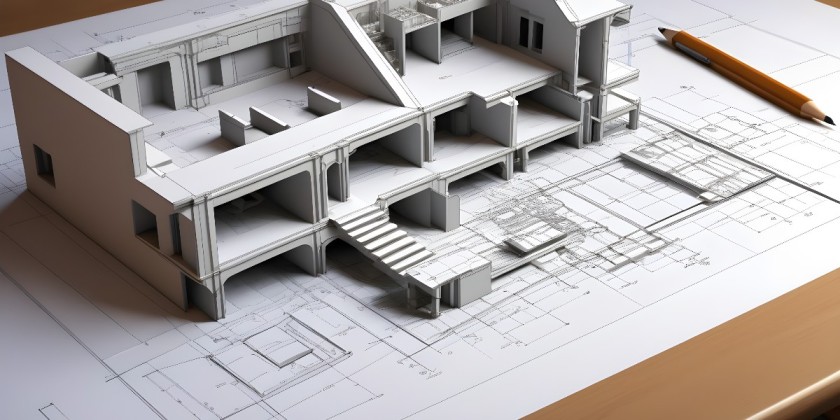
CAD software allows architects to create precise and detailed 2D and 3D drawings. It enables quick iteration, accurate measurements, and seamless collaboration with other design professionals.
2. Building Information Modeling (BIM):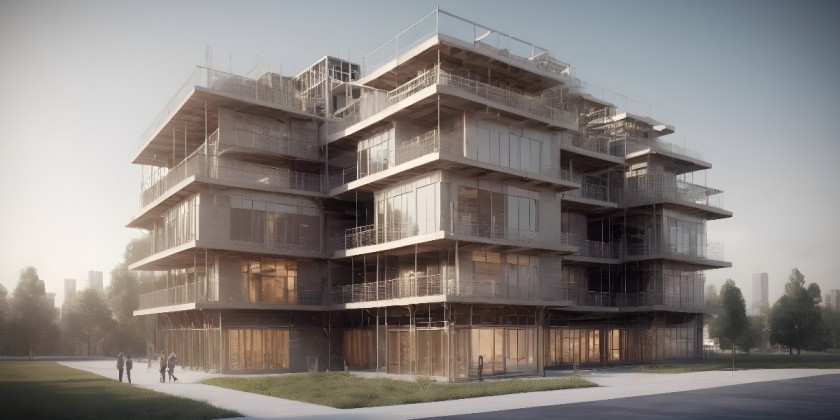
BIM software goes beyond traditional CAD by incorporating data and information about the building’s components and systems. It facilitates the coordination and integration of different disciplines, reducing errors and improving project efficiency.
3. Rendering Software:
Rendering software allows architects to create realistic visualizations of their designs. It helps clients and stakeholders better understand the project and make informed decisions.
4. Virtual Reality (VR) and Augmented Reality (AR):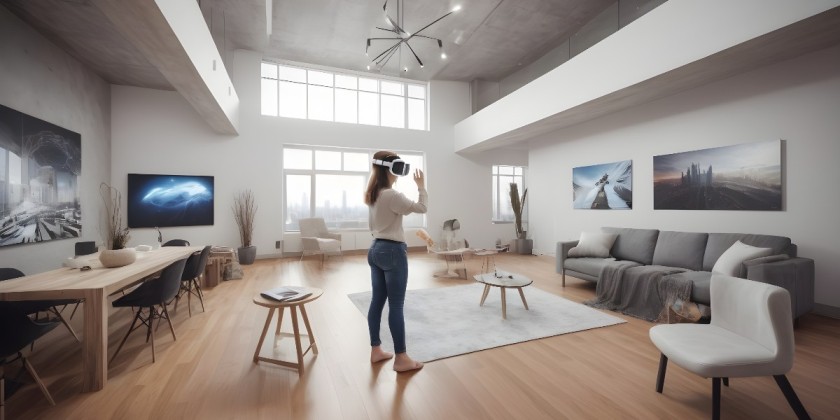
VR and AR technologies enable architects and interior designers to create immersive and interactive experiences. They can virtually walk through spaces, visualize materials and finishes, and test design ideas in a simulated environment.
Resources for Learning and Improving Architectural Design Skills
Continuous learning is essential for mastering the art of architectural and interior design.Here are a few assets that can assist you with improving your abilities:
1. Books and Publications:
There are numerous books and publications on architecture and interior design that cover various topics, from design theory to case studies. Some notable titles include “The Architecture of Happiness” by Alain de Botton and “Interior Design Illustrated” by Francis D.K. Ching.
2. Online Courses and Tutorials:
Platforms like Udemy, Coursera, and LinkedIn Learning offer a wide range of online courses and tutorials on architectural design. These courses cover topics such as design principles, software skills, and sustainable design practices.
3. Professional Organizations and Events:
Joining professional organizations such as the American Institute of Architects (AIA) or attending industry events like trade shows and conferences can provide valuable networking opportunities and access to educational resources.
4. Mentorship and Internship Programs:
Working with experienced architects and interior designers through mentorship or internship programs can provide practical guidance and real-world experience.
Conclusion:
Embracing the Boundless Potential of Architectural Design
Architecture and interior design are dynamic fields that offer endless opportunities for creativity and innovation. By understanding the importance of architectural design and the role of interior design within it, we can unlock the boundless potential these disciplines offer. Whether you aspire to design iconic skyscrapers, create sustainable spaces, or shape the future of smart cities, mastering the art of architectural design is the first step towards making a profound impact on the world we live in.







